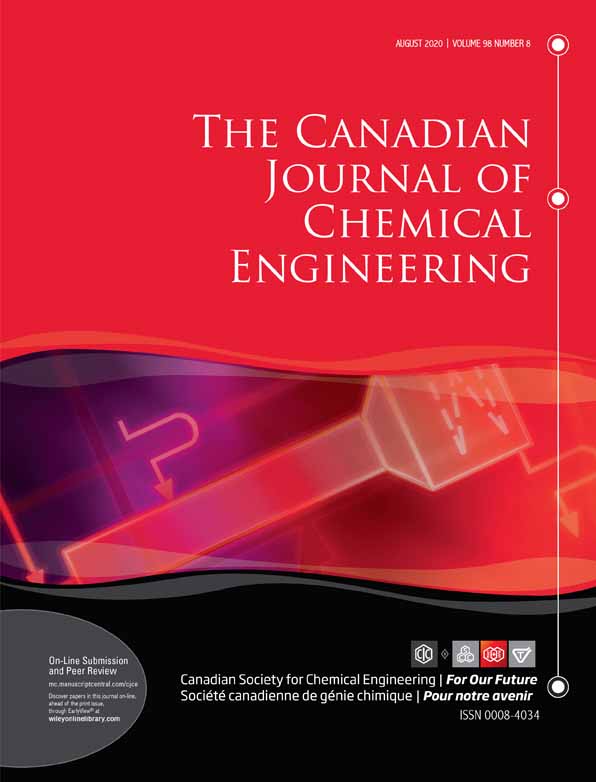Thermorheological properties of asphalt binders
Funding information: Natural Sciences and Engineering Research Council of Canada (federal funding agency of Canada for research); TUBITAK-2219 International Postdoctoral Research Fellowship Program
Abstract
The rheological properties of different types of asphalt binders were studied and compared considering their constituents and physical characteristics. The saturate, aromatic, resin, and asphaltene (SARA) analysis and differential scanning calorimetry (DSC) have shown their individual constituents and two distinct glass transition temperatures, indicating the phase changes of the two main components of the asphalt binders, namely asphaltenes and maltenes. Rheological characterization was performed over a wide range of temperatures (−10°C-60°C) showing that these materials may exhibit viscoelastic solid to viscous liquid behaviour. Master curves of complex viscosity, storage modulus, and loss modulus were constructed by applying the time-temperature superposition principle, which was found applicable over the temperature range considered. Stress relaxation and steady-shear test were applied to the samples in order to determine their rheological behaviour in the nonlinear viscoelastic regime (viscosity and nonlinear relaxation modulus). The rheological results were modelled and revealed that the Kaye-Bernstein-Kearsley-Zappas (K-BKZ) constitutive equation is suitable in representing the rheological behaviour of asphalts. The SARA analysis and rheological measurements were found to be compatible.




